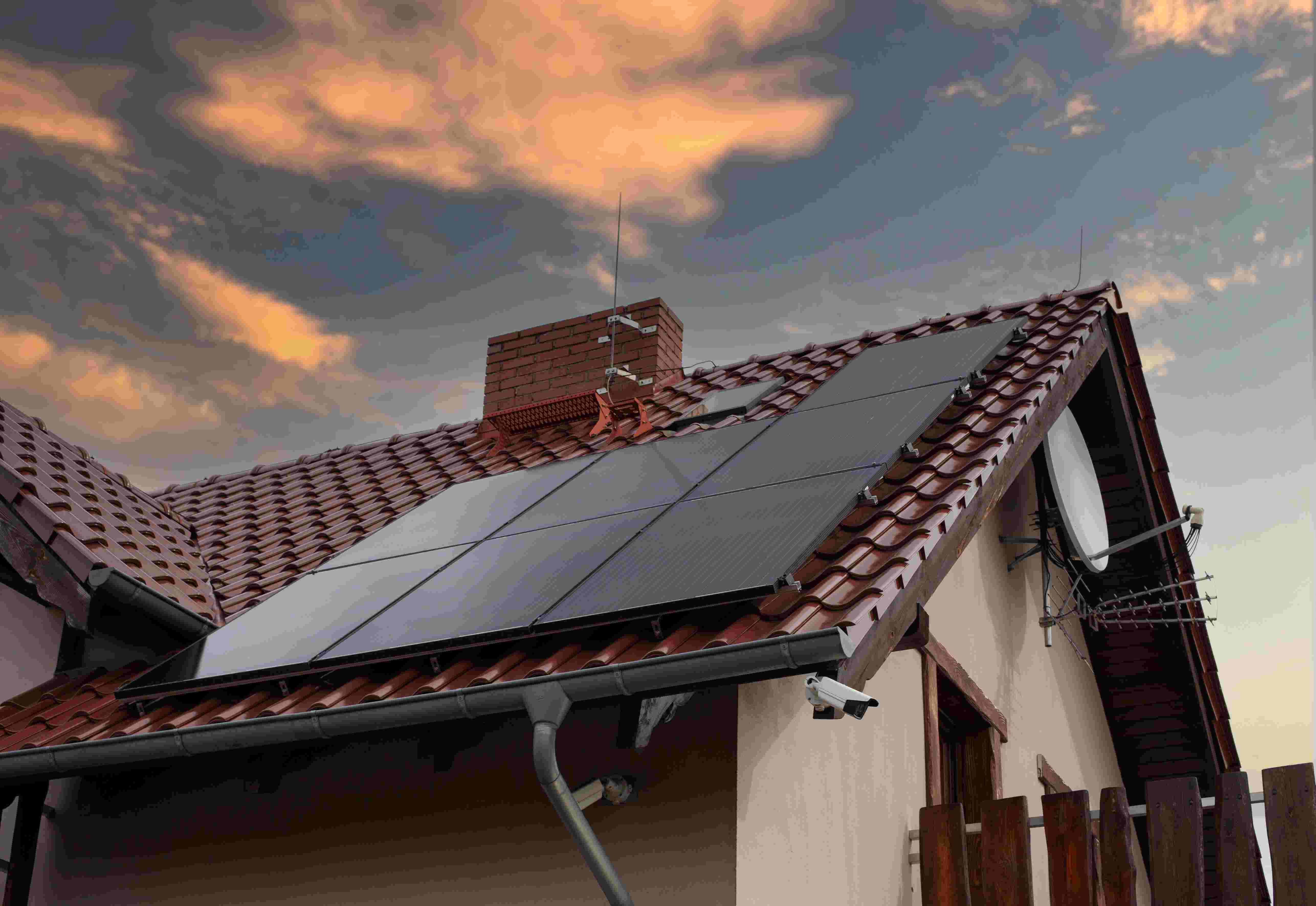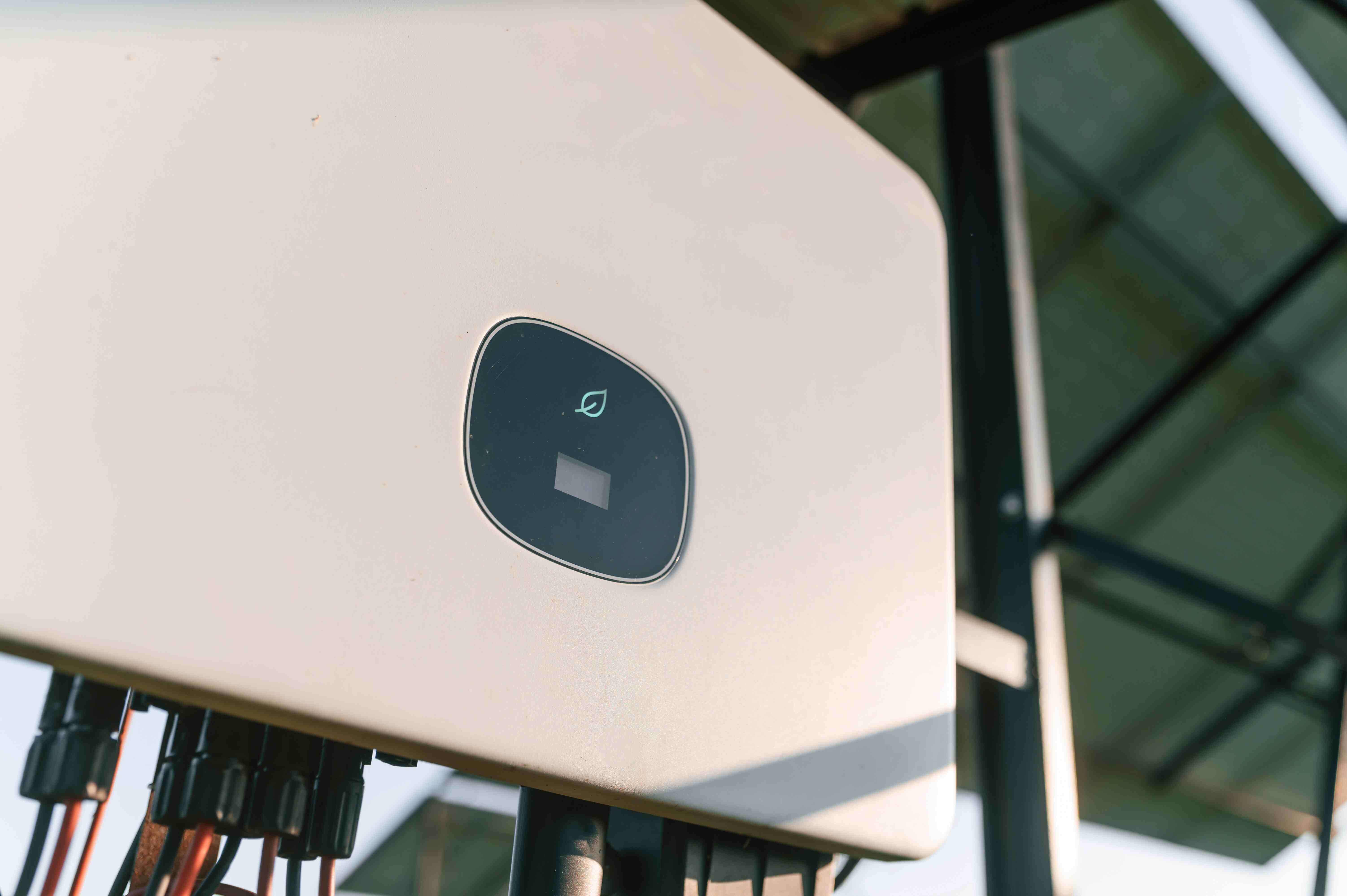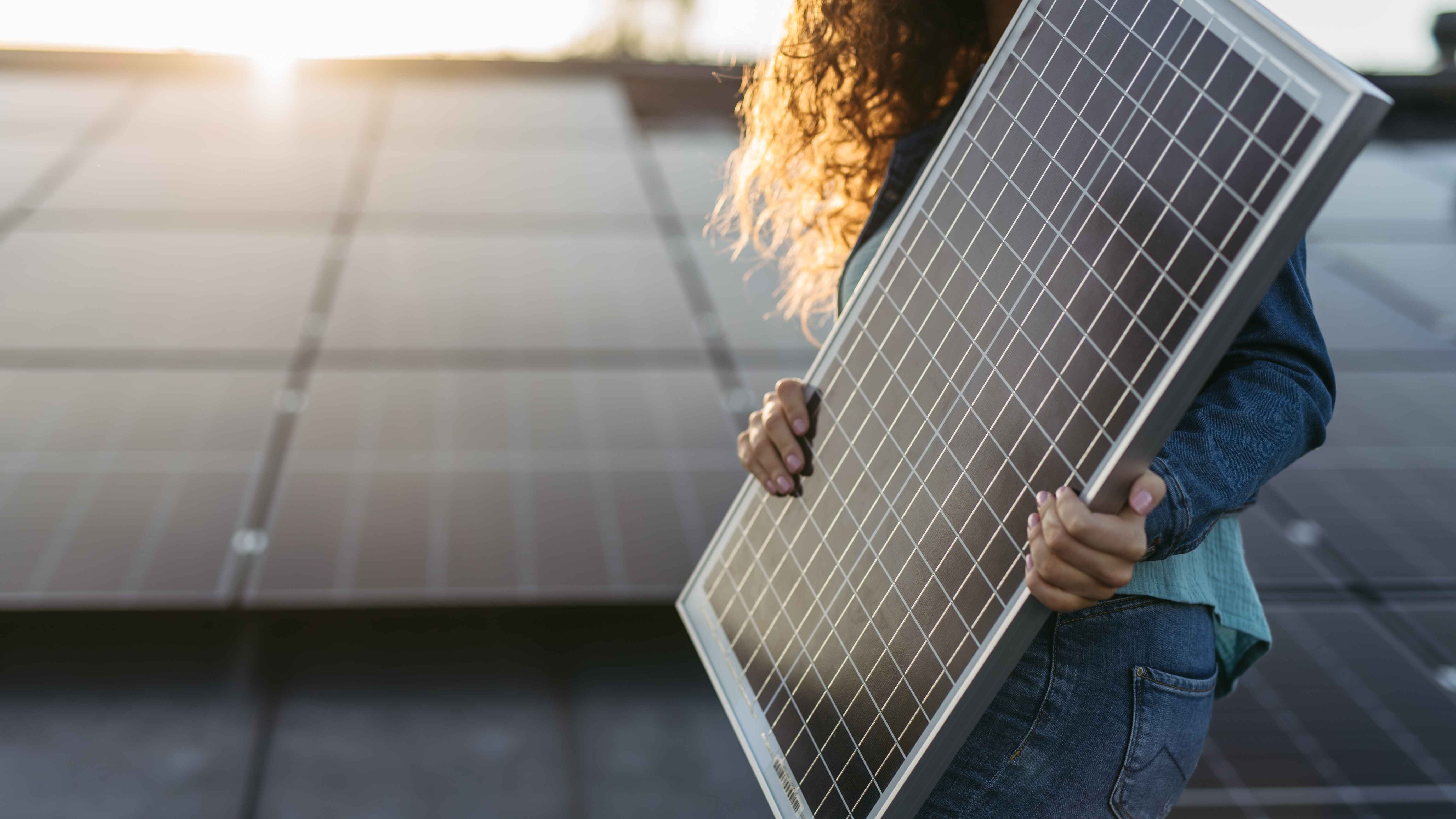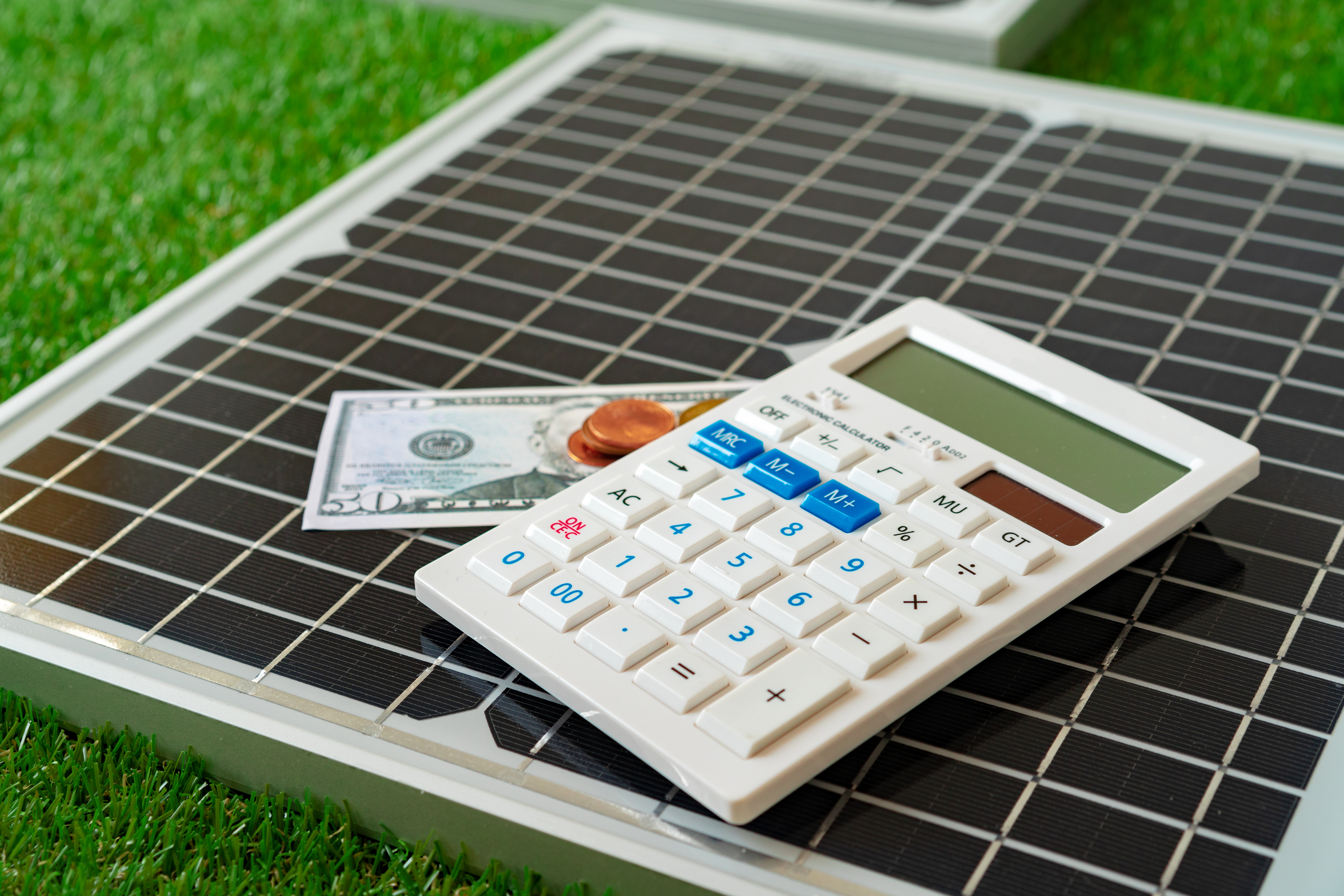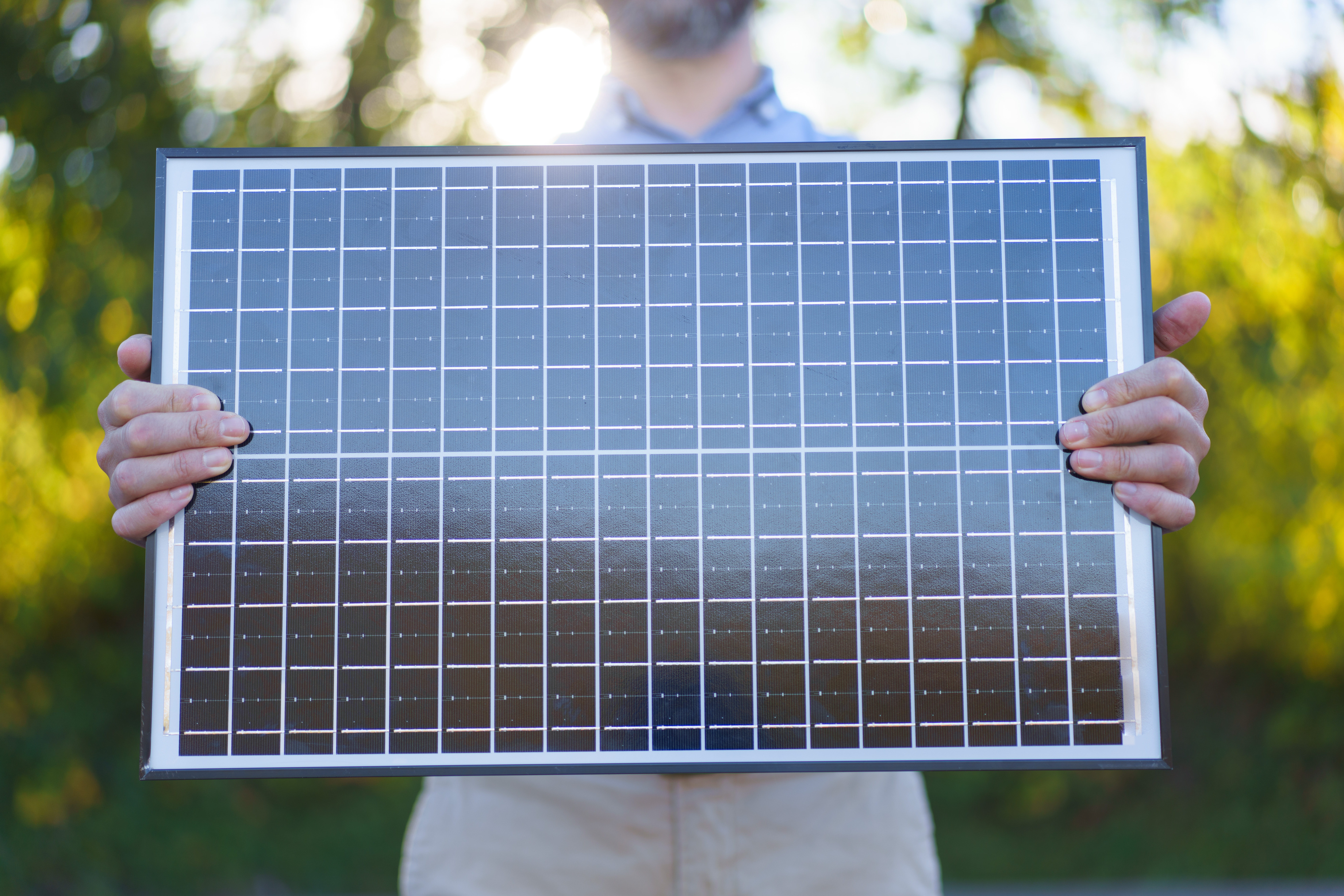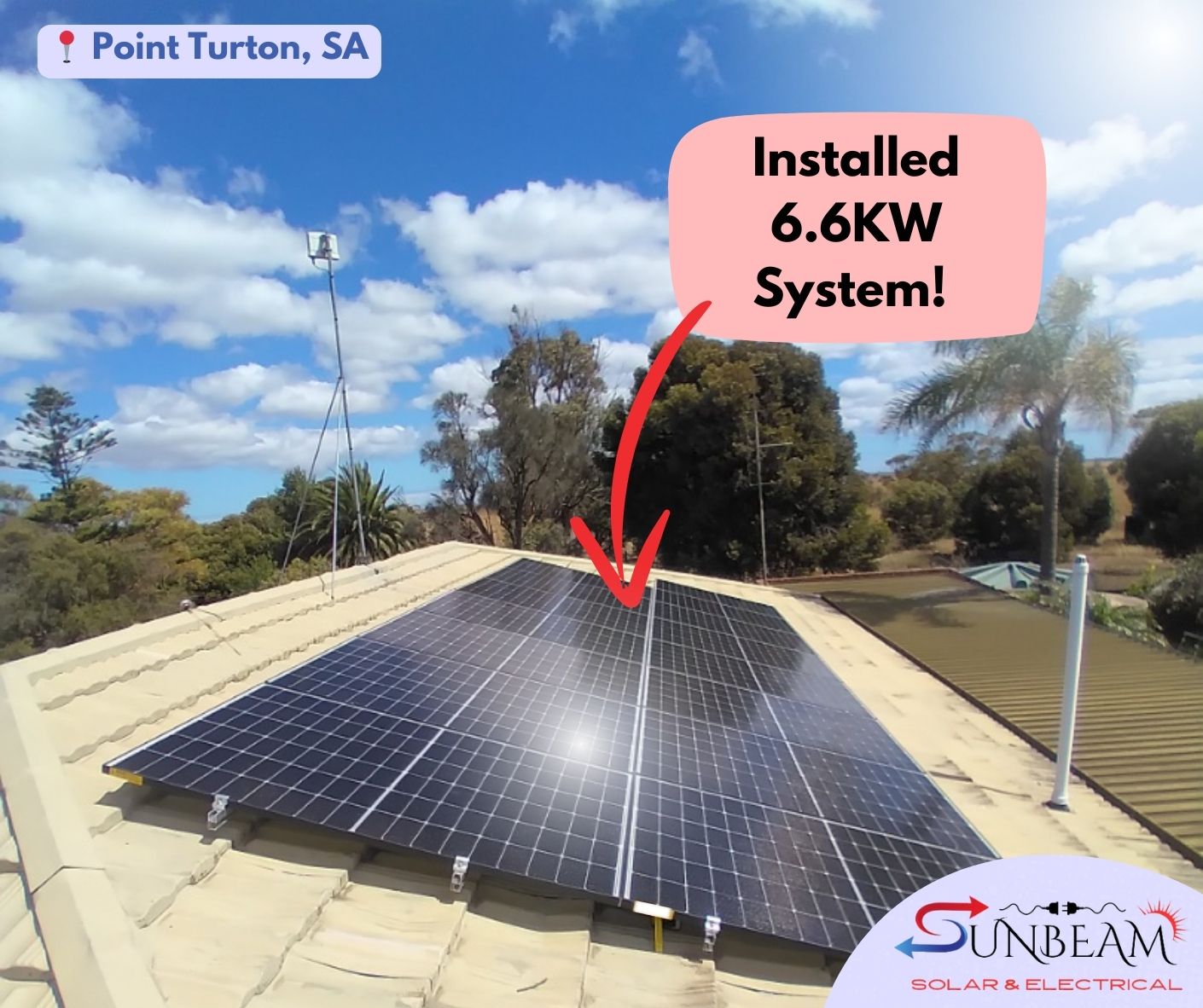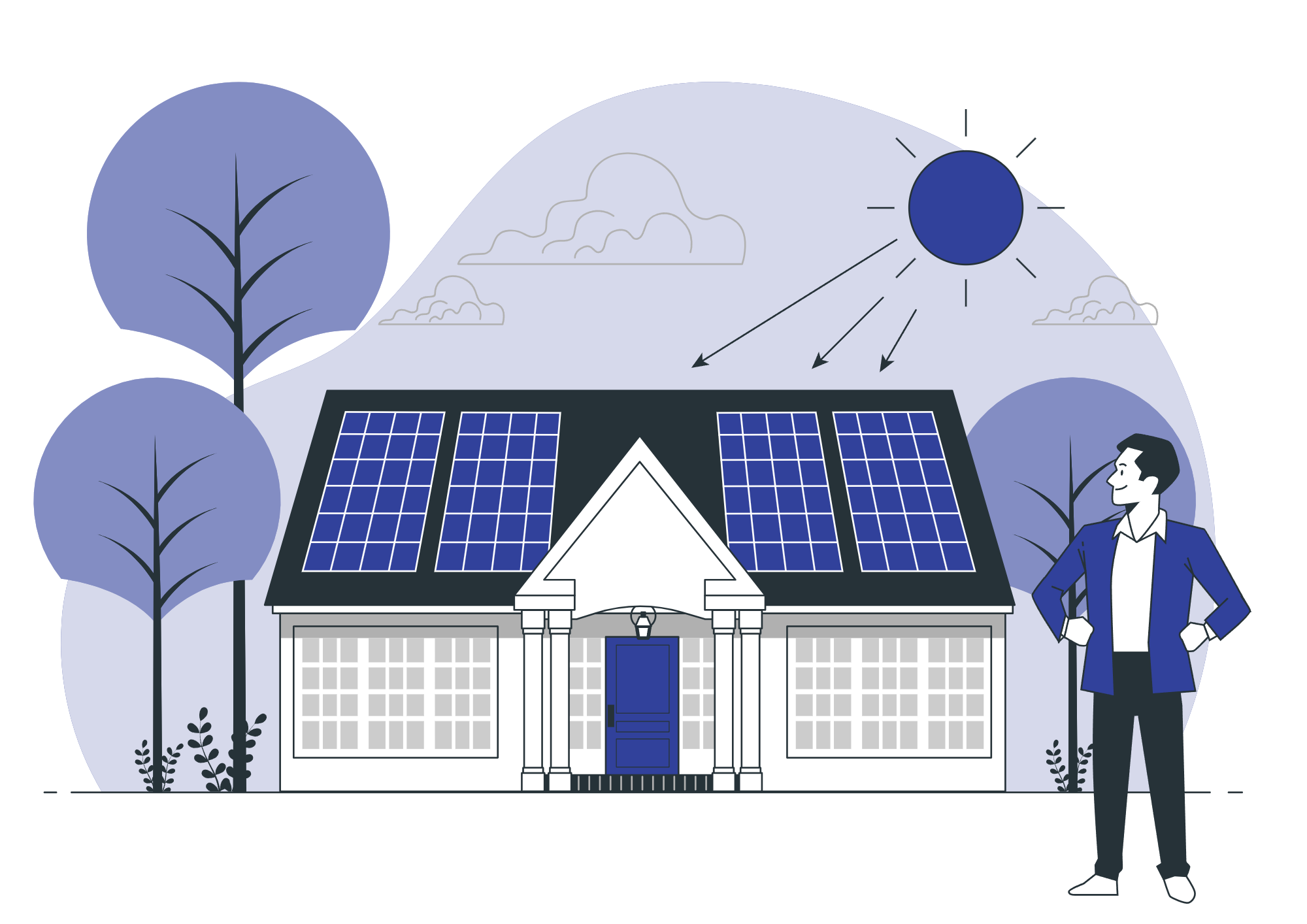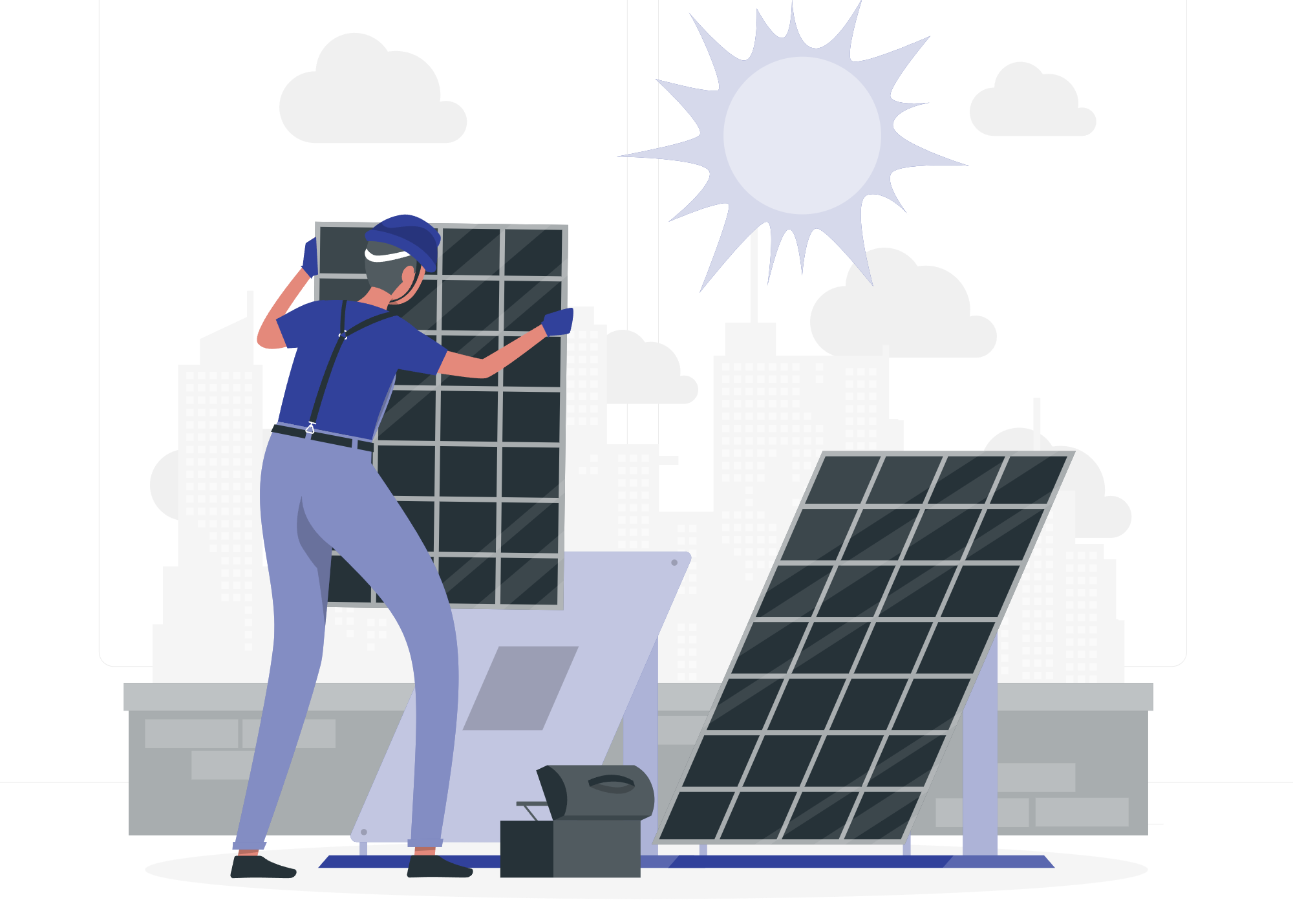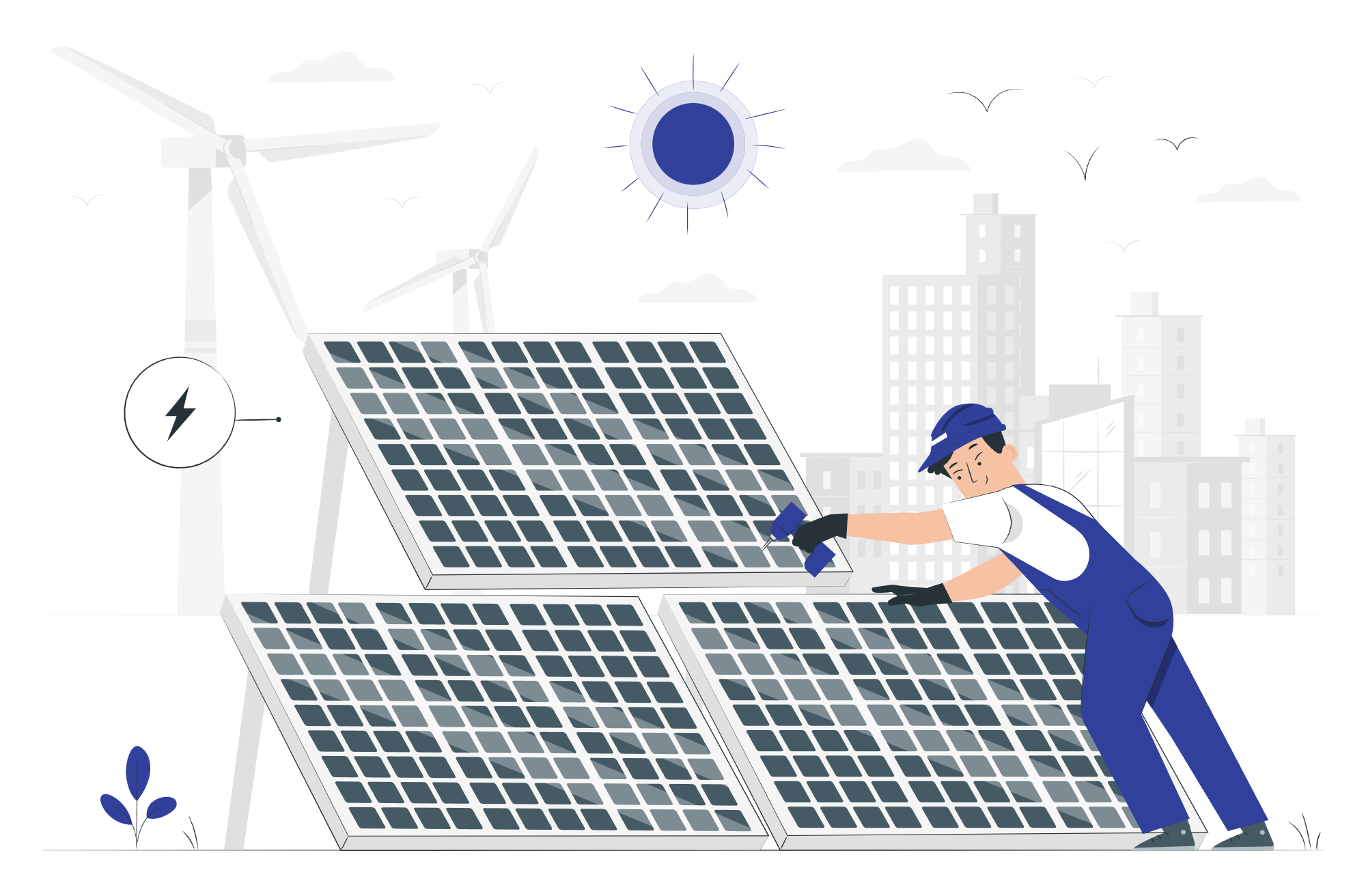Solar energy is growing in Australia due to abundant sunshine. Key catalyst: solar rebate, reducing panel costs for homes and businesses. This guide explains solar rebate intricacies, eligibility.
Understanding Solar Rebates:
Firstly, solar rebate is an incentive provided by the government to encourage the adoption of solar energy. Moreover, these incentives can significantly reduce the cost of solar installations, making it a more affordable and attractive option for many people.
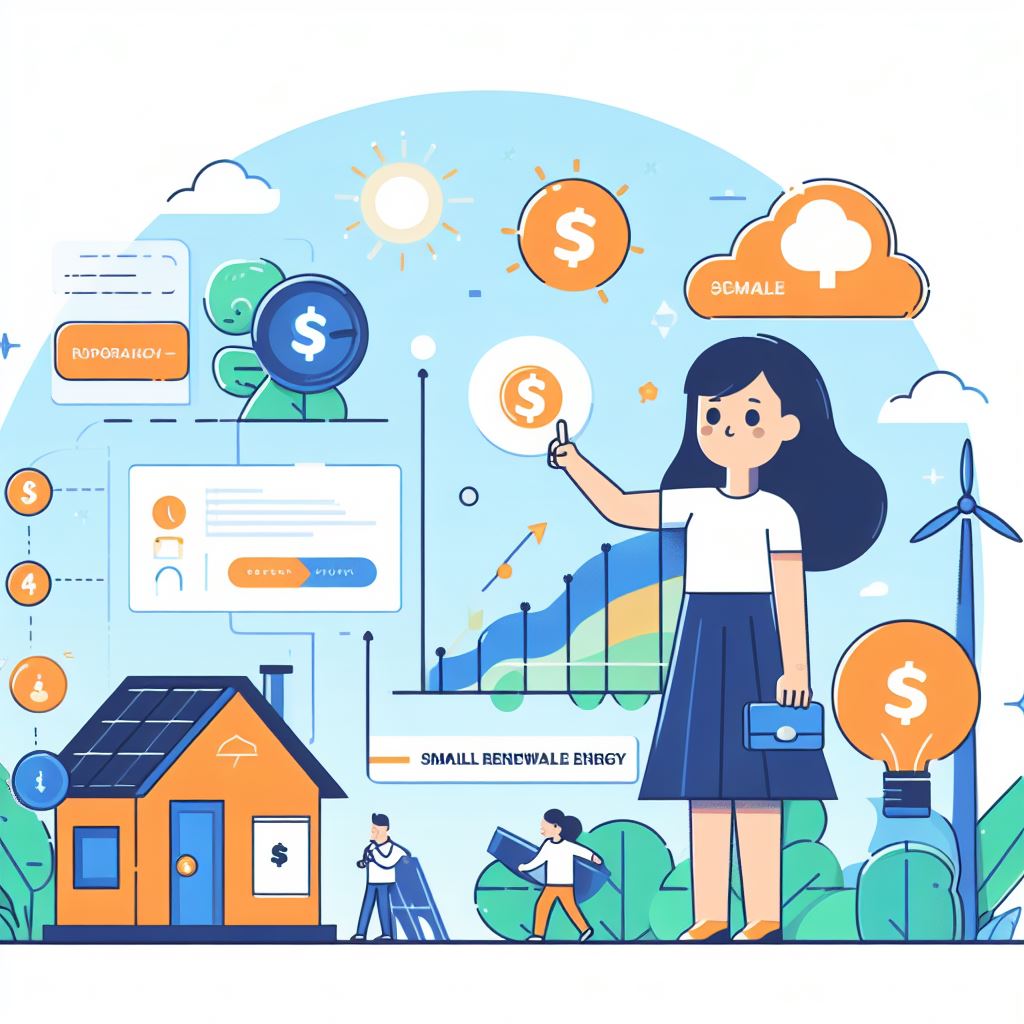 An overview of the federal solar rebate program in Australia.
An overview of the federal solar rebate program in Australia.
Federal Solar Rebates
At the federal level. Small-Scale Renewable Energy Scheme (SRES) is an important solar rebates program. It provides financial incentives to individuals and small businesses to install eligible small-scale renewable energy systems, including solar photovoltaic (PV) systems. point-of-sale for accredited solar systems. This rebate comes in the form of Small-Scale Technology Certificates (STC), which are based on the amount of electricity the solar system produces or offsets during its lifetime.
Here’s how to apply for federal solar rebates.
To begin, Go to the link: Small-scale Renewable Energy Scheme (cleanenergyregulator.gov.au)
-
Eligibility Check:
- Ensure eligibility: new, compliant system by accredited installer.
-
Choose an Agent or Sell STCs Yourself:
- System owners typically assign the right to an agent to sell the STCs on their behalf to receive an upfront discount on their solar system purchase. Alternatively, you can choose to sell the STCs yourself; however, this is less common.
-
Submit the Necessary Paperwork:
- Your solar installer or chosen agent will usually handle the paperwork on your behalf. This includes creating the STCs and providing the necessary documentation to the Clean Energy Regulator.
-
Receive the Rebate:
- The rebate is usually applied as a discount at the point of sale by the solar installer. Reflecting the value of the STCs your system is eligible to create.
State Solar Rebates:
Different states in Australia have their own solar rebates programs. For instance, in Victoria, eligible homeowners can get a $1,400 rebate on the cost of installing new solar panels, or opt for a 4-year interest-free loan. Similarly, in Western Australia, eligible residents can take advantage of the solar panel rebate, with an average rebate of $2,633 offered for a 6kWh solar panel system, which is a common size for homes in the state.
You can apply it from the given links:
- Solar panel (PV) rebate | Solar Victoria
- The TAS Energy Saver Loan Scheme – Brighte
Local Solar Rebates:
In addition to federal and state incentives, some local councils also offer additional rebates or incentives for solar installations. These local government solar rebates programs are administered at the municipal level, and specifics may vary depending on location. Typically, these programs are designed to further encourage solar panel installation.
 Ensuring eligibility for solar rebates with approved solar installers.
Ensuring eligibility for solar rebates with approved solar installers.
How do Solar Rebates Work?
To begin with, solar rebates work by providing a financial rebate on the cost of installing a solar system. Moreover, this rebate could come in the form of a one-time rebate on the purchase price, a feed-in tariff for the excess energy you generate, or even a tax credit.
Availing Solar Rebates
When it comes to availing solar rebates, you need to follow certain eligibility criteria, which may vary from program to program. Typically, these criteria may include installation by an approved solar installer, the size and capacity of the solar system, and the area in which you live.
Bottom Line:
In conclusion, solar rebates play a vital role in making solar energy an economically viable option for many Australians. By taking advantage of these rebates, you can significantly reduce the cost of solar installations and enjoy the myriad benefits of clean, green energy.
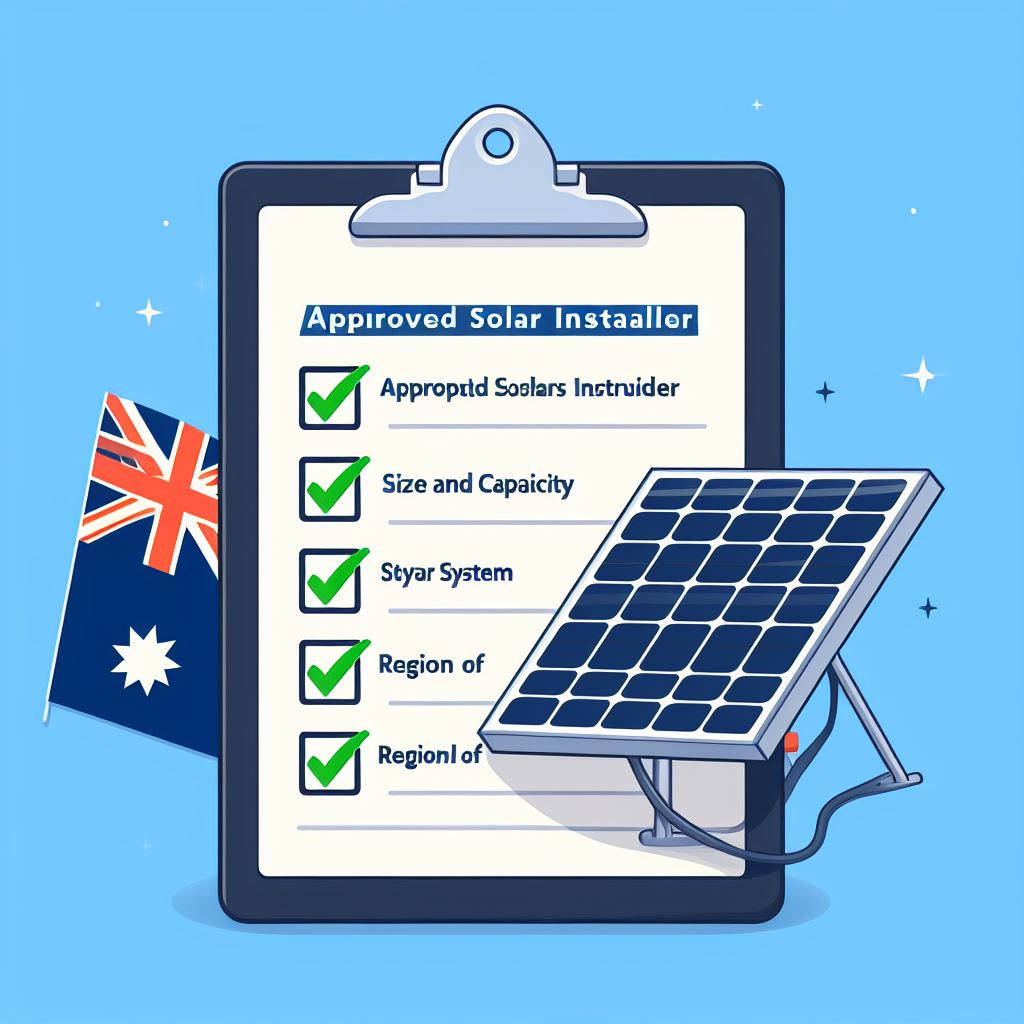 Checklist for ensuring eligibility to avail solar rebates.
Checklist for ensuring eligibility to avail solar rebates.
 1300789291
1300789291 

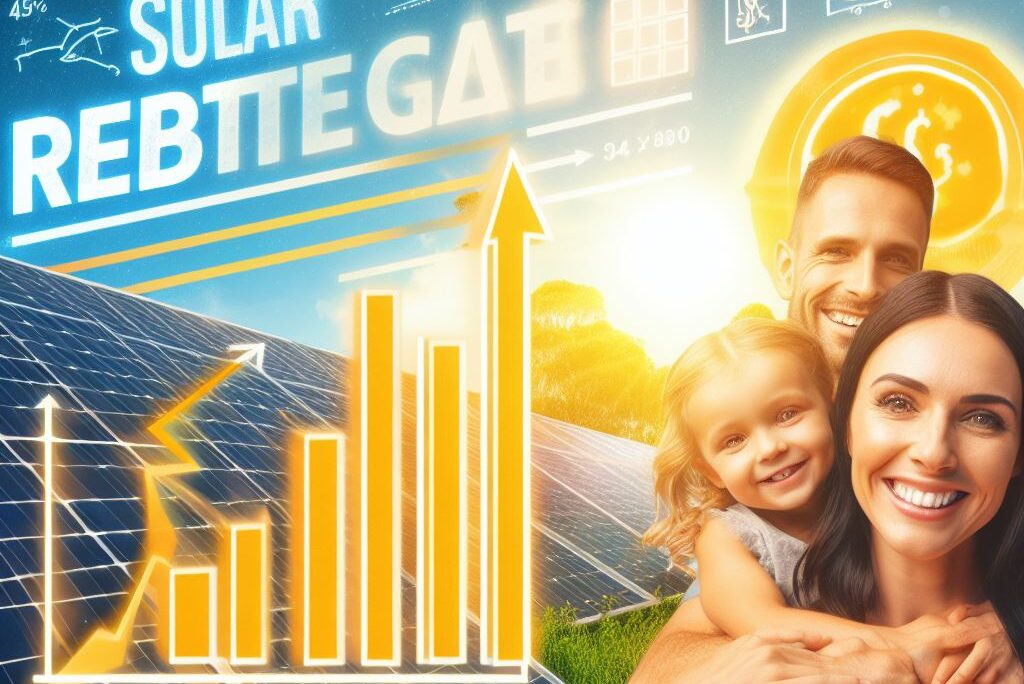
 An overview of the federal solar rebate program in Australia.
An overview of the federal solar rebate program in Australia. Ensuring eligibility for solar rebates with approved solar installers.
Ensuring eligibility for solar rebates with approved solar installers. Checklist for ensuring eligibility to avail solar rebates.
Checklist for ensuring eligibility to avail solar rebates.
